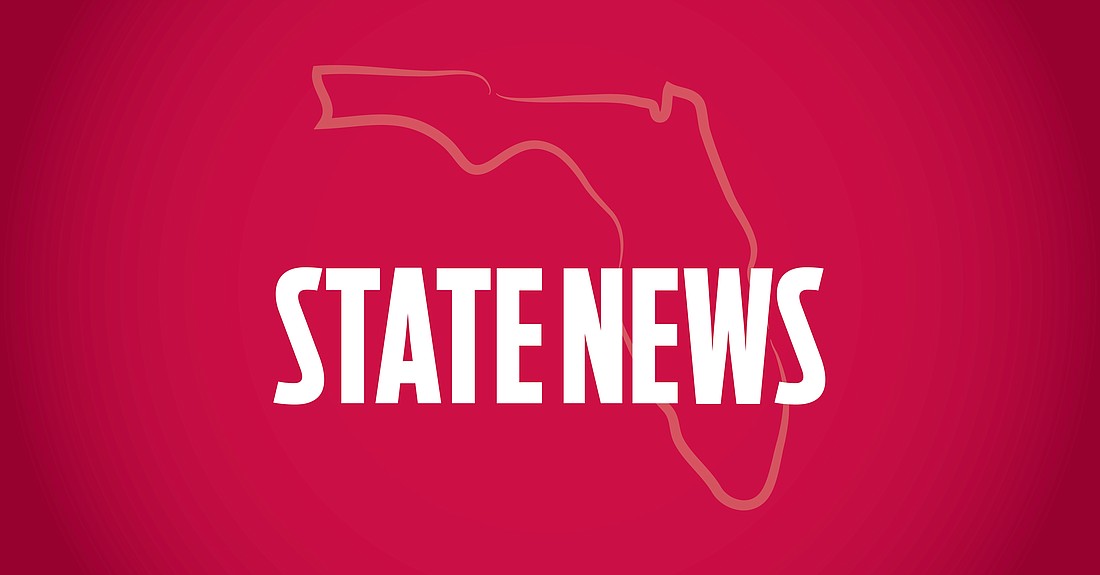- December 13, 2025

TALLAHASSEE — Hurricane Milton swept through Florida, slightly less catastrophic than forecast.
But as work began Thursday morning to restore services, clear debris, reopen bridges and undertake search-and-rescue operations, state officials were concerned about flash flooding after the hurricane brought heavy rain.
Milton left widespread destruction as it caused storm surge, damaging winds and tornadoes. It made landfall as a Category 3 storm about 8:30 p.m. Wednesday near Siesta Key in Sarasota County, with 120 mph maximum sustained winds, before crossing the state.
The storm maintained hurricane strength as it reached the Atlantic Ocean along the Space Coast as daylight broke Thursday.
More than 3.34 million utility customers from coast to coast did not have electricity as of 9 a.m., according to Poweroutage.us.
While deaths were reported by county officials on both coasts, the state had not confirmed fatalities, Gov. Ron DeSantis said during a morning briefing at the state Emergency Operations Center.
A hospital in the St. Petersburg region was being evacuated Thursday morning, as crews responded to several water-main breaks throughout Pinellas County, state Emergency Management Director Kevin Guthrie said
Guthrie also said a big part of storm recovery will be responding to inland flooding along the Hillsborough River, Little Wekiva River and St. Johns River.
“We have a lot of rain that has fallen on the central portion of Florida,” Guthrie said. “The St Johns River basin that comes down into Seminole County, portions of Brevard (County), portions of Volusia County, … those headwaters have experienced a lot of rainfall. That river takes about 45 days to completely flush itself out to the Atlantic Ocean.”
The National Hurricane Center said the rainfall in East Central Florida “will continue to bring the risk of considerable flash and urban flooding, along with moderate to major river flooding.”
Also, the hurricane center said a “combination of a dangerous storm surge and the tide will cause normally dry areas near the coast to be flooded by rising waters moving inland from the shoreline.”
DeSantis said while Milton was “significant,” it “was not the worst-case scenario.”
“The storm did weaken before landfall, and the storm surge, as initially reported, has not been as significant overall as what was observed for Hurricane Helene,” DeSantis said. “Right now, it looks like Sarasota County had the most significant storm surge, likely somewhere 8 to 10 feet.”
Helene pushed waters up nearly 20 feet as it made landfall in rural Taylor County on Aug. 26 and also caused heavy flooding in other communities as it moved up the Gulf of Mexico.
Concerns about Milton’s storm surge increased this week as it became a Category 5 hurricane, with maximum sustained winds of 180 mph, while in the Gulf of Mexico. But the storm — while still extremely powerful — weakened as it moved closer to the state’s Gulf Coast.